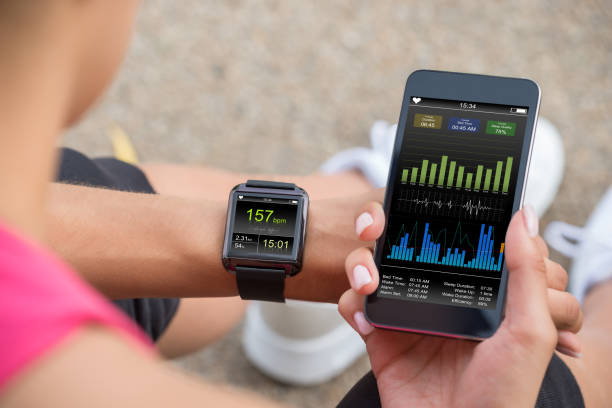Smart Shoes: How They Work and Practical Uses
Smart shoes combine traditional footwear with electronics to add sensing, connectivity, and sometimes actuation to the user’s feet. These devices can measure steps, pressure, orientation, and motion, then translate that data into insights for activity tracking, gait analysis, or navigation assistance. Smart shoes range from consumer fitness models to medical-grade devices used in clinics; capabilities depend on sensors, onboard processing, battery size, and the supporting mobile or cloud software. This article explains the core technologies, common applications, data and privacy considerations, and what to look for when evaluating smart shoes for personal or professional use.

What are smart shoes and core functions?
Smart shoes are footwear that embed sensors and electronics to collect biomechanical or contextual data during walking, running, or standing. Core functions typically include step counting, cadence and stride measurement, pressure mapping under the foot, and orientation sensing. Some models also provide haptic feedback for navigation or real-time cues for balance and posture. The primary goal is to turn foot motion into useful information — for activity tracking, injury prevention, rehabilitation, or accessibility — while keeping the basic properties of footwear such as fit, support, and durability.
Which sensors and electronics are included?
Common sensors in smart shoes are accelerometers, gyroscopes, magnetometers, and pressure sensors (either arrays or single-point sensors). Accelerometers and gyroscopes measure movement and orientation; pressure sensors monitor load distribution across the sole; magnetometers can help with heading and navigation. Electronics typically include a small microcontroller for data aggregation, short-range radios like Bluetooth Low Energy for syncing with a smartphone, and a rechargeable battery. Higher-end or research-oriented shoes may include IMUs (inertial measurement units), GPS for outdoor positioning, or detachable modules to simplify cleaning and maintenance.
How do smart shoes support health and fitness?
Smart shoes can provide objective measures used in fitness monitoring and clinical assessments: stride length, asymmetry, plantar pressure patterns, and balance metrics. These measures can help athletes optimize performance, assist clinicians in tracking rehabilitation progress after injury, and contribute to early detection of gait changes associated with conditions such as Parkinson’s disease or diabetic neuropathy. This article is for informational purposes only and should not be considered medical advice. Please consult a qualified healthcare professional for personalized guidance and treatment.
How is data collected, processed, and shared?
Data flow usually moves from sensors to a local processor in the shoe, then to a paired smartphone or tablet for visualization and cloud backup. Processing can happen on-device for basic metrics or on a smartphone/cloud for advanced algorithms such as machine learning gait classification. Many manufacturers provide companion apps that display summaries, trends, and downloadable reports. When evaluating data practices, check whether raw data is stored locally, which analytics are performed on the device versus in the cloud, and what options exist to export or delete personal data. Privacy policies and opt-in consent are important for sensitive health-related datasets.
What design and usability challenges exist?
Designing effective smart shoes means balancing sensor placement with comfort and durability. Sensors must be robust to shock, moisture, and repeated flexing; electronics should not compromise fit or breathability. Battery life is another challenge — small batteries reduce bulk but require frequent charging, while larger batteries add weight. Cleaning and washability are practical concerns; removable sensor modules or water-resistant housings are common solutions. Usability also includes app stability, firmware updates, and cross-platform compatibility with operating systems and health platforms.
What to consider when choosing smart shoes?
When assessing options, consider the primary use case: casual activity tracking, athletic training, clinical assessment, or assistive navigation. Evaluate sensor types and placement (pressure mapping vs. inertial only), battery life, durability, and the quality of companion software and analytics. Compatibility with existing devices or health platforms may be important for integration into broader workflows. Finally, check warranty and repair options, since embedded electronics change typical shoe lifecycles and may require different care than standard footwear.
Conclusion
Smart shoes add measurable, context-rich data to everyday movement and can support a range of use cases from fitness monitoring to clinical gait assessment. Choosing the right solution depends on intended use, required sensor fidelity, data handling preferences, and considerations such as battery life and durability. As the technology matures, expect clearer distinctions between consumer-focused models and devices designed for clinical or professional settings.






